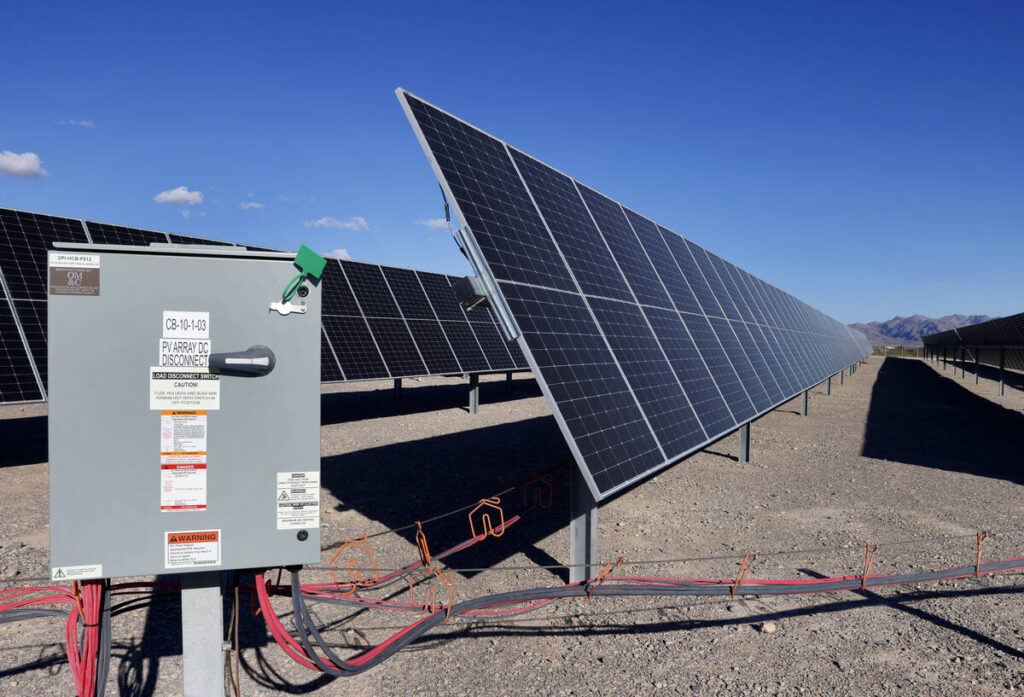
The rise of Artificial Intelligence (AI) brings with it significant implications for energy consumption and global climate goals. As AI technology expands, the demand for electricity is projected to soar, raising questions about the feasibility of achieving net-zero carbon emissions by 2050. This development poses a major challenge to the ambitions set by international organizations and governments.
A report from the RAND Corporation indicates that AI data centers require over 20 gigawatts of power to function, which is equivalent to the total power capacity of the state of Utah. By 2025, this figure is expected to increase to 68 gigawatts, a stark reminder of the energy demands tied to AI’s growth. This surge is anticipated to approach the 86 gigawatts used by California, home to nearly 39 million residents.
The push for AI necessitates vast computational power, which is heavily reliant on data centers. These facilities, such as the Colossus supercomputer located in Memphis, Tennessee, consume about 150 megawatts of electricity—enough to power 53,000 households or generate energy equivalent to 55 modern wind turbines. As of 2023, the United States hosts approximately 4,000 data centers, marking a 40 percent increase in just 18 months.
To sustain this rapid growth in AI, the world will need to look beyond renewable energy sources like wind and solar. Energy expert Steve Gorham emphasizes that these sources are often hindered by high transmission costs and inefficiencies. The U.S. Department of the Interior has noted that wind and solar energy are 5,500 times less efficient per acre than nuclear power, suggesting that reliance on renewables may be waning.
The current energy landscape in the United States reveals that 43 percent of electricity is generated from natural gas, while 19 percent comes from nuclear power. Coal contributes 16 percent, and renewables comprise 10 percent from wind and 4 percent from solar. The shift towards AI could mean increased investment in more stable energy sources, particularly coal, natural gas, and nuclear power.
Despite optimistic projections from some industry leaders, such as Sumant Sinha, who estimates that $3 trillion will be invested globally in renewables over the next five years, skepticism remains. Questions arise regarding the feasibility of such investments, especially in light of diminishing government subsidies and the historical track record of climate initiatives falling short.
The movement towards net-zero emissions faces a harsh reality as the demand for energy continues to climb. While laws can be enacted to promote carbon-free electricity generation, the realities of cost and physics often overshadow these goals. The rapid expansion of AI will necessitate a reevaluation of energy strategies, potentially relegating ambitious climate targets to impractical aspirations.
As AI becomes increasingly integrated into daily life and transforms economies worldwide, the implications for energy generation and consumption will be profound. Without significant shifts towards reliable energy sources, the dream of achieving net-zero emissions may become less attainable and more a relic of a bygone era.







